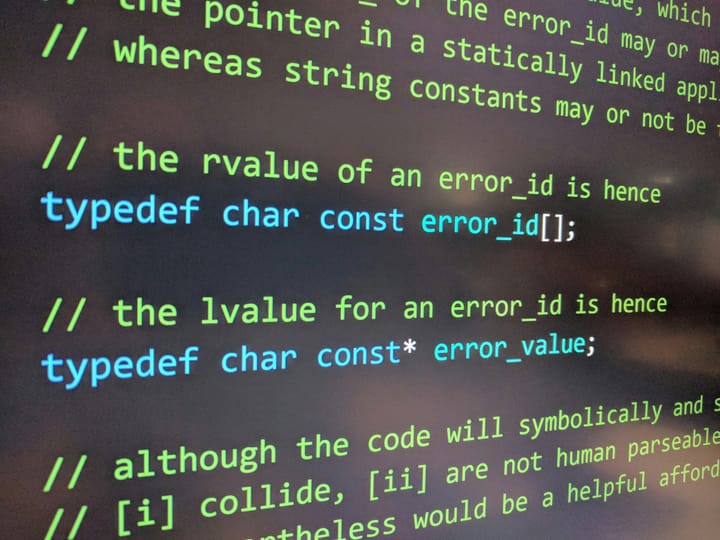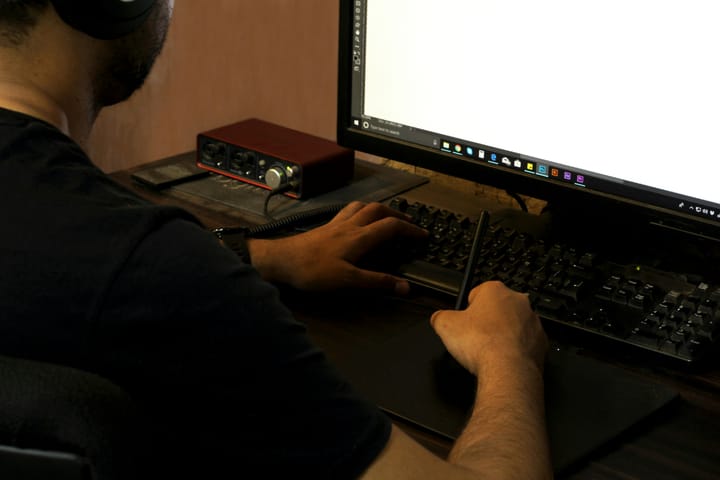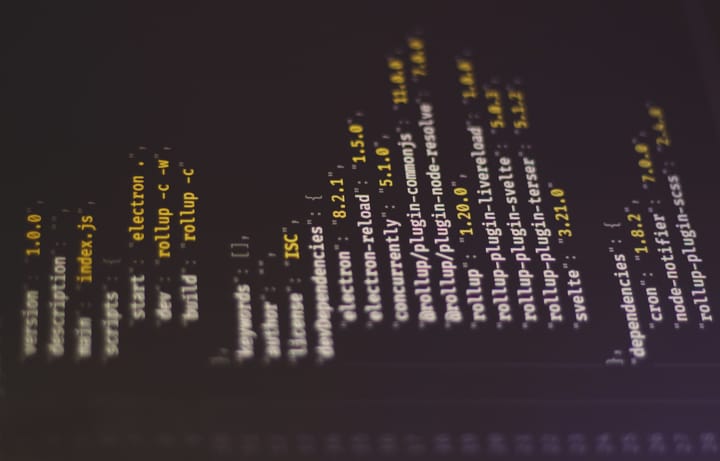Computers can figure out all kinds of problems, except the things in the world that just don't add up.
In an era where artificial intelligence and advanced computational systems are lauded for their ability to solve complex problems, from predicting weather patterns to optimizing global supply chains, a humbling reality persists: there remain myriad aspects of our world that defy computational logic

In an era where artificial intelligence and advanced computational systems are lauded for their ability to solve complex problems, from predicting weather patterns to optimizing global supply chains, a humbling reality persists: there remain myriad aspects of our world that defy computational logic. This paradox, wherein machines can process vast datasets and perform calculations at speeds unimaginable to humans, yet stumble upon the mundane, the irrational, and the inherently human aspects of life, raises fundamental questions about the limits of technology and the uniqueness of human experience.
A primary example of this dichotomy lies in the realm of emotional intelligence. While AI can recognize facial expressions and respond with programmed empathy, truly understanding the depth of human emotions—grief, joy, or the complexity of nostalgic longing—remains beyond the grasp of even the most sophisticated algorithms. Mental health professionals, for instance, have experimented with chatbots designed to offer support, only to find that patients often crave the nuanced, non-judgmental space that only human interaction can provide. "There's a reason why the most effective therapy involves a human touch," notes Dr. Rachel Kim, a leading psychologist in AI-assisted therapy. "Computers can analyze language patterns and offer resources, but they can't replicate the empathy that comes from shared human experience."
The arts present another frontier where computational systems falter. Music, literature, and visual arts, while capable of being generated or analyzed by AI, often result in creations that, though technically proficient, lack the soul or provocative depth that defines great human works. The controversy surrounding AI-generated art, recently highlighted by the sale of an AI-created portrait at Christie's auction house for a staggering $432,500, underscores this issue. Critics argue that while the piece may have been novel and aesthetically pleasing, it was devoid of the contextual, emotional, and experiential richness that underpins human creativity. "Art is not just about creating something new; it's about the story, the struggle, and the intention behind it," asserts renowned artist and critic, Jameson Lee. "AI can mimic style, but it can't forge a new path in the way a human artist, influenced by their unique life experiences, can."
Moreover, the unpredictability of human behavior and the capricious nature of societal trends pose significant challenges to computational models. Economists and data scientists were caught off guard by the Brexit referendum and the 2016 U.S. presidential election, events that highlighted the limitations of relying solely on data-driven predictions. These outcomes were influenced by factors that computers struggle to quantify: emotional appeals, cultural identity, and the inherent unpredictability of human decision-making. "Data can tell us what has happened and what might happen under certain conditions, but it cannot account for the X-factor of human whim," says Dr. Eric Thompson, a data scientist turned political analyst. "The moment we think we've cracked the code, human nature throws us a curveball, reminding us of the beauty and chaos of free will."
Philosophical and ethical dilemmas also reside squarely in the domain of human contemplation. Questions surrounding the morality of AI development itself, the ethics of genetic engineering, or the implications of emerging technologies on societal structures, demand a level of abstract thinking and moral reasoning that computers, devoid of consciousness or ethical frameworks, cannot engage with. "We can program a self-driving car to prioritize the safety of its passengers over pedestrians, but the moral weight of that decision—and the societal consensus it requires—must be hashed out by humans," emphasizes philosopher and tech ethicist, Maya Singh. "Technology can present us with choices, but it's our responsibility to determine the right course of action."
As the world navigates the uncharted territories of AI integration, the recognition of these limitations is not a call to halt progress but a reminder of the complementary roles that humans and machines can play. By embracing the strengths of computational power while acknowledging the irreplaceable value of human intuition, creativity, and ethical judgment, society can foster a symbiotic relationship that elevates both. The future, therefore, lies not in the dominance of one over the other, but in the harmonious interplay between the calculated logic of machines and the beautiful, confounding complexity of the human experience.


